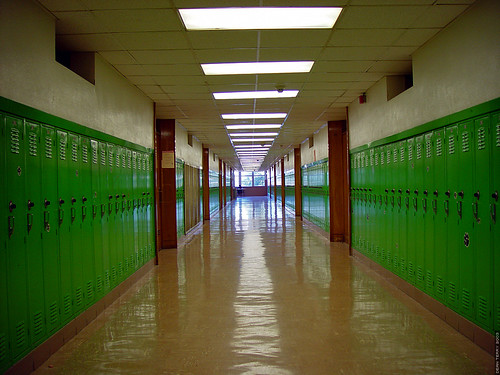 The research has been out there for 20+ years now. We know what high performing schools have that others do not – highly skilled and professional teachers, current resources and technologies, involved families, and exceptional instructional leadership.
The research has been out there for 20+ years now. We know what high performing schools have that others do not – highly skilled and professional teachers, current resources and technologies, involved families, and exceptional instructional leadership.
We can provide the tools and the training necessary to create the possibility of positive change. But external supports and tools alone cannot make change happen, and cannot sustain change over time.
So what makes it happen and keep happening in some places and not in others? It is the intangibles, the things no paperwork, training or tool can own.
It is professional commitment, persistence, and accountability. Teachers and principals must view their jobs as a community mission, they must meet barriers not as stopping points, but instead as just the next problem-solving situation. Adminstrators must commit to their role as the principal teacher in the community and lend both their expert and positional power to the daily task of both supporting teacher improvement and insisting on daily excellence on behalf of their clients – the students.
Only when the culture of a school refuses to tolerate complacency will we see schools and teachers using the lessons of instructional research to their greatest benefits. Those of us working from the outside in can continue to provide the critical lessons and hope for the ongoing professionalization of the profession.
Photo: Bryan Adams High School Hallway, by Dean Terry
